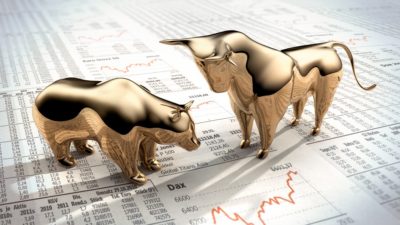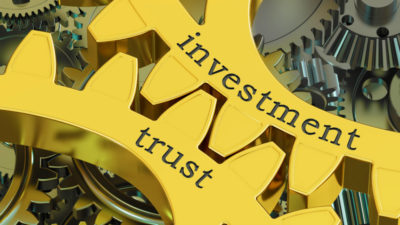Canadian investors were bracing for a mega public listing last year, which was ultimately cancelled. Now, GFL Environmental has revived its plans for an initial public offering (IPO) and has set its listing price at US$19, according to a report by BNN Bloomberg.
Even though the listing price is lower than expected, the IPO is still one of the largest in Canadian history. Investors should also be intrigued by the prospect of investing in a relatively recession-proof business during an ongoing market correction and potential pandemic.
Here’s a closer look at GFL’s valuation and whether retail investors should add this mega-corporation to their long-term watch list.
Recession-proof
GFL — also known as Green For Life — is a waste management company that offers solid-waste hauling, soil remediation, and liquid-waste management to residential and commercial clients across North America. Waste management isn’t a particularly exciting or rapidly expanding industry, but it is relatively insulated from the economic cycle.
In other words, GFL could serve as a hedge against a stock market crash and potential recession in 2020. However, investors seem to be concerned about the company’s growth prospects and looming debt burden.
Acquisition-driven growth
The company is already the fourth-largest waste hauler in North America. It’s managed to get to that position by buying and consolidating smaller rivals. GFL’s latest acquisition was Waste Management Industries USA Inc., for which it paid US$2.8 billion in 2018.
GFL’s total of over 100 acquisitions over the past decade have given it access to more than four million residential and 135,000 commercial clients across the U.S. and Canada. Investors should expect the company to have a similar acquisition-driven growth strategy going forward. In fact, I wouldn’t be surprised if the long-term strategy included moving beyond the continent.
North America’s waste management industry is already well developed. The rest of the world is still untapped. According to industry experts, the global market for waste management is growing at reasonable clip (6% annually) and could reach US$530 billion (CA$708 billion) by 2025. That’s plenty of room for GFL to grow through acquisitions.
However, the company’s previous acquisitions have been fueled by debt, which has become the biggest risk to GFL’s prospects in recent years.
A hefty debt burden
According to data published by Bloomberg, GFL could have roughly $7.6 billion in long-term debt, much of which was accumulated to finance acquisitions since 2007.
The company now hopes to raise a total of US$2.2 billion (CA$2.9 billion) in the upcoming IPO. That should reduce the debt burden considerably. The reduced debt burden should give management some room to accumulate cash flows and reinvest it in future acquisitions, eventually driving the company to profitability.
Management has already said that part of the funds raised in the IPO will be used to expand operations and drive growth further. If successful, GFL could be a wealth creator on par with rival Waste Connections, which has delivered a 432% gain over the past decade.
Bottom line
Investors looking for a recession-proof stock during the ongoing market correction should be excited by GFL’s public listing. The company is already one of the largest waste disposal service providers in North America. By raising cash and reducing debt, it could soon be profitable as well.
Add this to your watch list for 2020.








